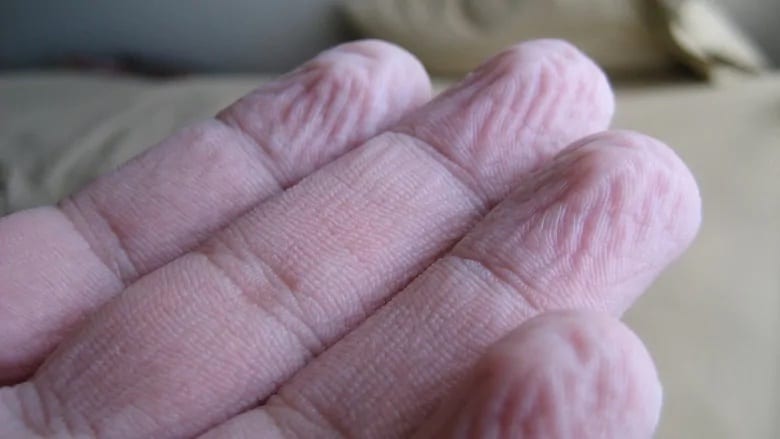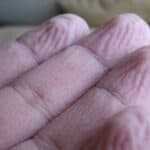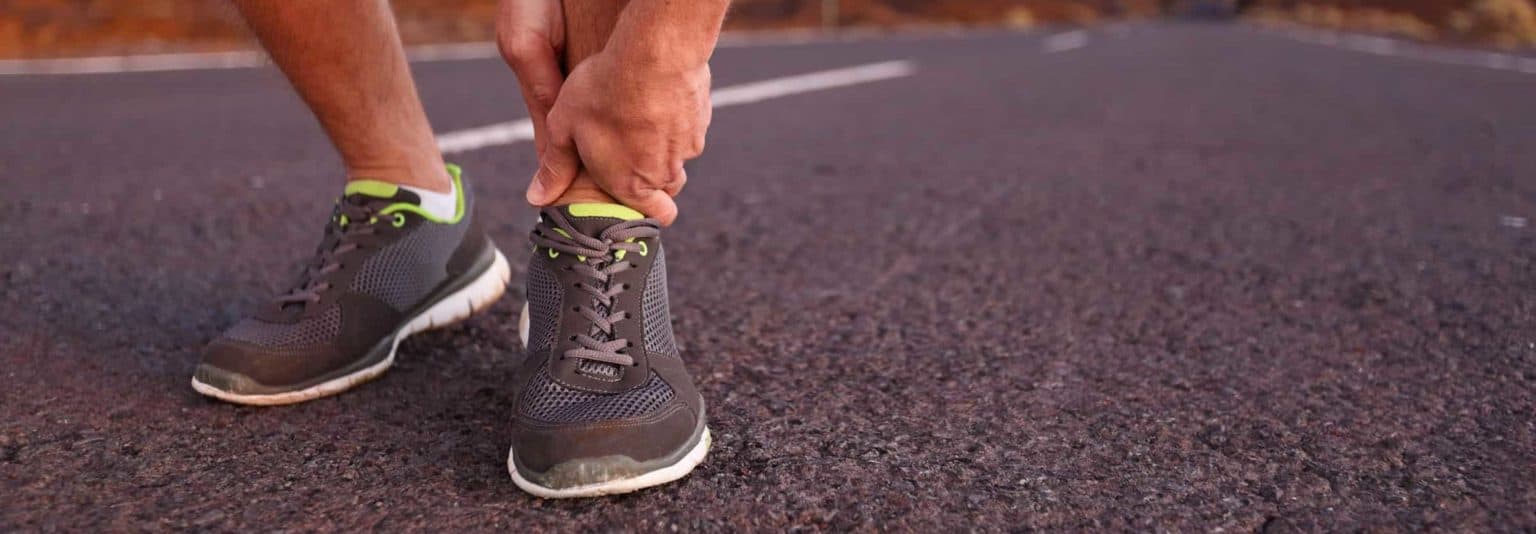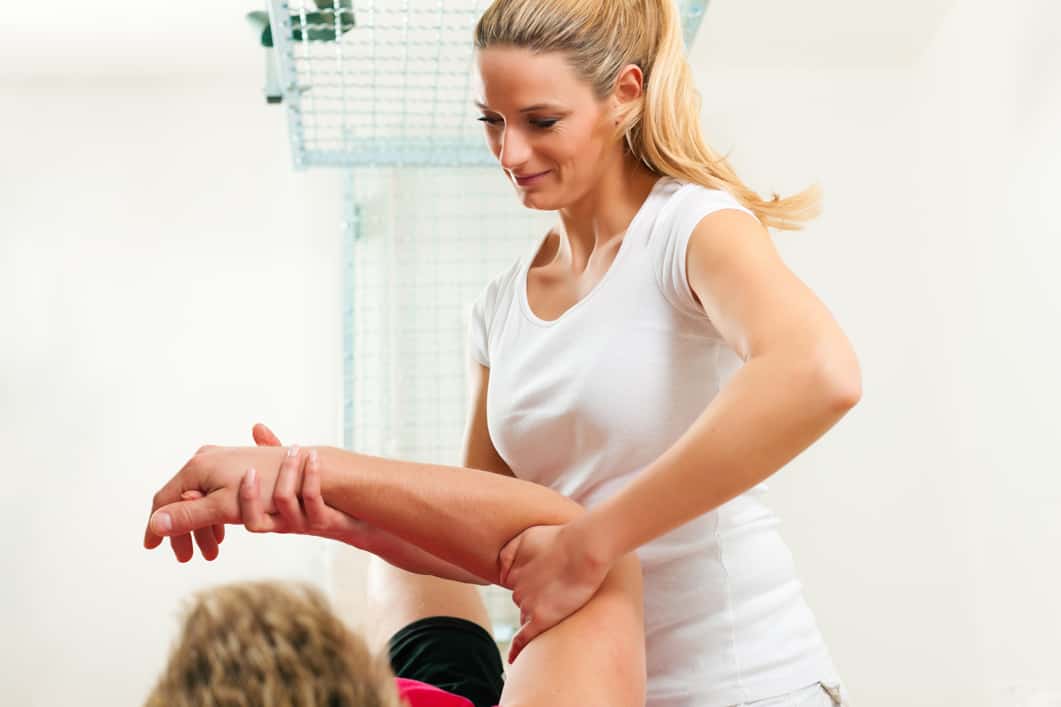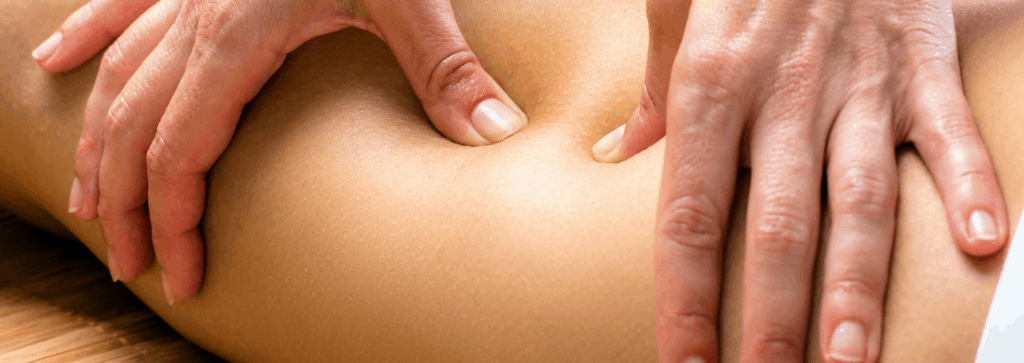I was at my son’s football game two weekends ago, and one of the boys got a really solid knock to the side of the head. Everyone in the crowd went ‘ooooooohhhhh’ in unison. He dropped to the ground. Did he have a serious neck injury? Concussion? The First Aid Officer for the team was required. Whoops, that was me.
I wrote a couple of blogs on concussion last year, which I think are worth reading, particularly if you are parent,
However, taking a step back in the sequence of events, what do you do if someone has sustained a serious neck injury? It is particularly critical because between C3 and C5 is the nerve supply to the diaphragm, and if the spinal cord at this level is affected, independent breathing isn’t possible.
This lad could easily have sustained a serious neck injury with the way that he was hit and how he landed too.
These kind of injuries don’t just happen on the sports field. They can happen at the beach from diving into shallow water, or in motor vehicle accidents or after a fall. They can happen in any situation that involves the neck being taken through a forceful or uncontrolled movement. Any kind of head trauma can involve potential spinal fracture and therefore potential spinal cord injury.
I had the umpire helpfully suggesting that ‘we need to move him so the game can get going’. Useful.
How would you manage a neck injury?
The first thing as the First Aider is to stay calm. Easier said than done, but anxiety is a contagion in a situation like this.
When I did surf life saving (some years ago), the acronym was DR ABC. That has been expanded out to DRS-ABCD:
D – Danger: ensuring everyone is out of danger, ie the victim, you and bystanders (footy field was relatively safe, the game had stopped, the biggest threat was the umpire itching to move on the game)
R – Response: check if the patient is responsive or not (which he was) and then level of consciousness and appropriateness of conversation (he was quite conscious and making sense with all questions)
Try and get some information about what happened, and where it hurts. Especially in the case of a potential neck injury, find out if there is neck pain or any altered sensation anywhere, like numbness or pins and needles.
Do they know where they are? Can they tell you which day it is? Can they tell you which month it is? How many fingers are you holding up (and obviously you need to hold some fingers up!) Note any pain or nausea reported, or any confusion.
S – Send for help, call ‘000’ – this should be the response if there is any question about someone’s neck. How do you know if they have a fracture on the field? The answer is that you don’t, so if there is any doubt, get the professionals. You can’t cross your fingers and hope for the best.
A – Airway: open the airways and look for signs of life
B – Breathing: check for normal breathing
C – Compressions: (this used to be C for circulation) If normal breathing isn’t present, don’t faff around with trying to find a pulse. Start compressions followed by 2 rescue breaths
D – Defibrillation: using Automated External Defibrillator
So what happened?
In our case, our player was quite alert and oriented. He had no pins and needles or numbness or neck pain and he was able to move fingers and toes normally. He wasn’t confused or nauseous. But it could have been quite a bit more serious.
It would have been really easily to feel pressured by the umpire to get moving. That wasn’t going to happen until I was well and truly ready.
If there was any question about neck pain, or any of the other changes, I would have had no hesitation in holding the game up and getting an ambulance – you have to stand your ground when spinal cord injury is a possibility.
Final words
I would highly recommend doing a First Aid course so that you feel comfortable dealing with these scenarios and many others. I would highly recommend Susan Stevens from First In Sports First Aid as a First Aid training provider – we have had our training from Susan at Adelaide West.
Her website is www.firstinsportsfirstaid.com.au.
Do it today.
If you would like to learn more about our neck pain treatment at Adelaide West Physio + Pilates | Headache Clinic, this link will take you straight to all the info you are looking for!





